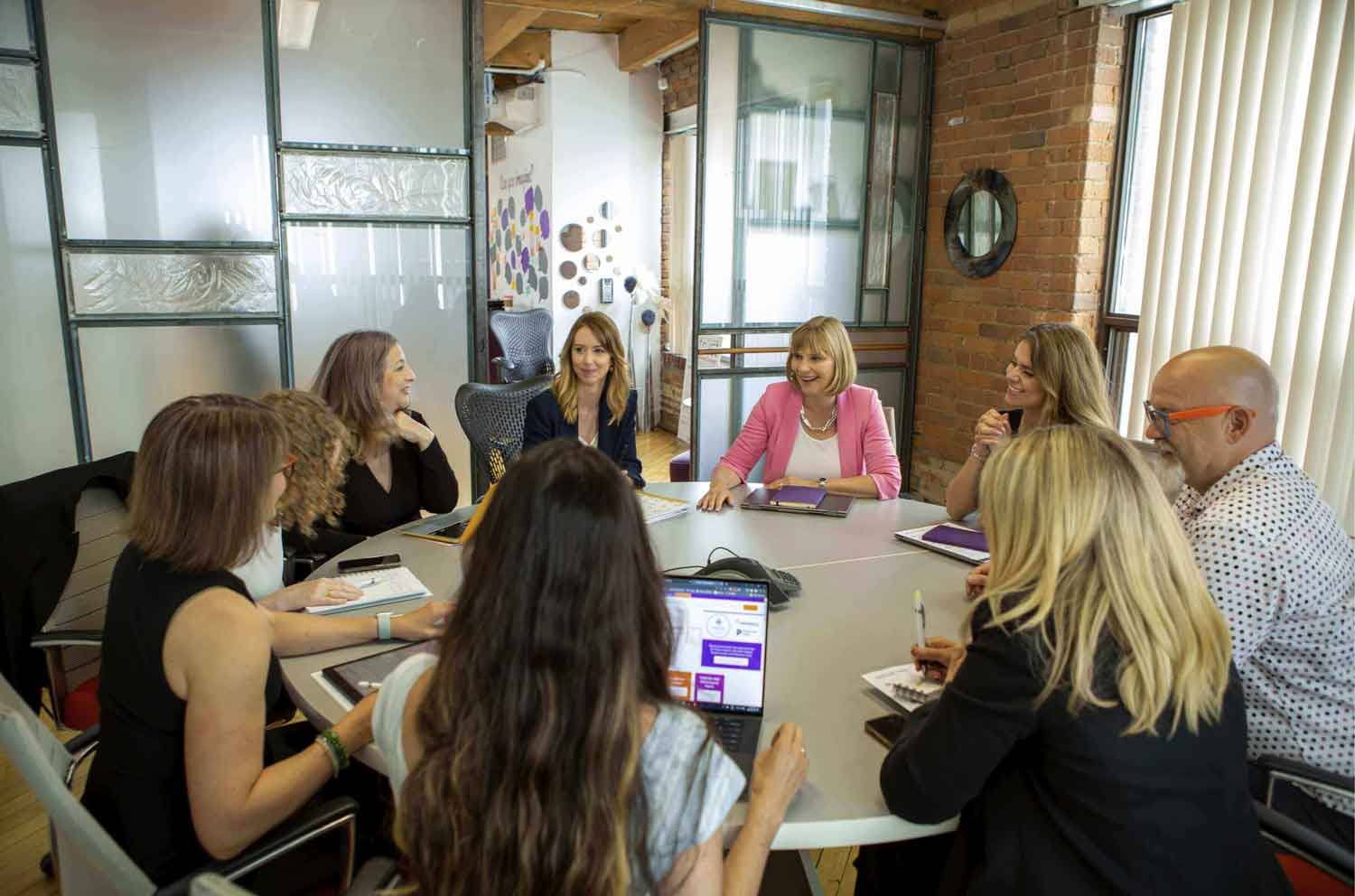In our latest L&D 2022 Trends report, we noted that, more and more, L&D is coming out of the umbrella of HR and taking a seat at the table. This is welcome news as L&D leaders will now be positioned to help guide leaders on key issues concerning talent development and will be able to drive change from the top down.
In fact, we will see C-suite execs and L&D leaders work together to ensure that employee development works hand-in-glove with larger business targets. Aligning L&D initiatives with organizational strategy is one of the best ways to cultivate a hard-to-imitate, sustainable competitive advantage. While it sounds insanely obvious, many L&D programs are ad hoc, missing a huge opportunity to support company objectives.
Only about 10–15% of companies have well-developed learning and development programs that are accurately aligned with strategy and outcomes, according to Deloitte research. L&D leaders have an incredible opportunity to transform their organizations into centres of excellence by consistently and purposely creating a learning culture to deliver measurable business value.
Having a solid learning agenda grounded in strategy can impact organizational outcomes by:
Staying Ahead of the Competition: The fast-paced and ever-changing business world needs L&D programs to help keep up with new challenges. This is where L&D can really make an impact and advance an organization’s competitive edge. By ensuring that leaders and high potentials are constantly learning, advancing their skills and developing as leaders, the company is investing in “difference makers” who can deliver on key targets, and in the process continually move forward with a strong market position.
Promoting Collaboration: Shared learning creates shared leadership. One of the reasons our group coaching programs bring together leaders from across functions is to break down departmental silos. L&D can support leaders as they learn collectively and solve challenges collaboratively. When your talent collaborates, it’s a catalyst for stronger, more agile teams and better (and faster) decision-making.
Engaging Employees: HR Digest reported that a “high sense of belonging in the workplace increases employee performance to 56%, reduced turnover risk to 50%, and decreased sick days leave to 75%.” When L&D is rooted in a clearly defined objective, learning professionals can then break down the skills and behaviours that are needed to achieve that goal. By creating bespoke employee experiences with tailored learning that is relevant and timely, L&D supports employee engagement.
Staying Nimble & Able to Pivot: Businesses everywhere are facing unprecedented change and myriad threats — from business-model disruption to new sources of competition and changes in consumer behaviour. Study after study has shown a direct connection between continuous learning and a company that’s able to act nimbly and pivot if needed. An organizational learning culture emphasizes curiosity, open-mindedness and flexibility, and is critical to future-proofing any business.
Need Help Creating a Learning Culture?
If you’re curious about how The Roundtable can help your organization develop a learning culture where leaders can support each other through group coaching and mentoring, let’s start a conversation. And, be sure to download our 2022 L&D Trends Report for more insights into the issues affecting L&D professionals in the year ahead.




